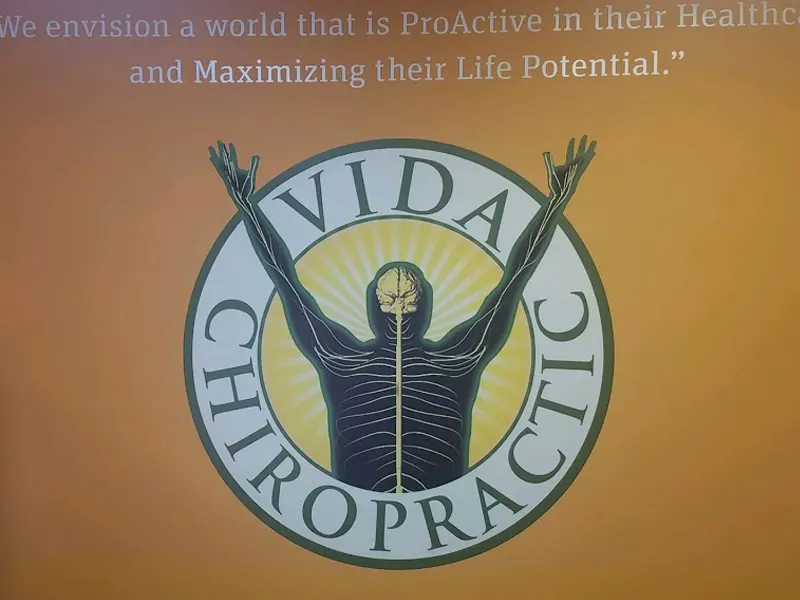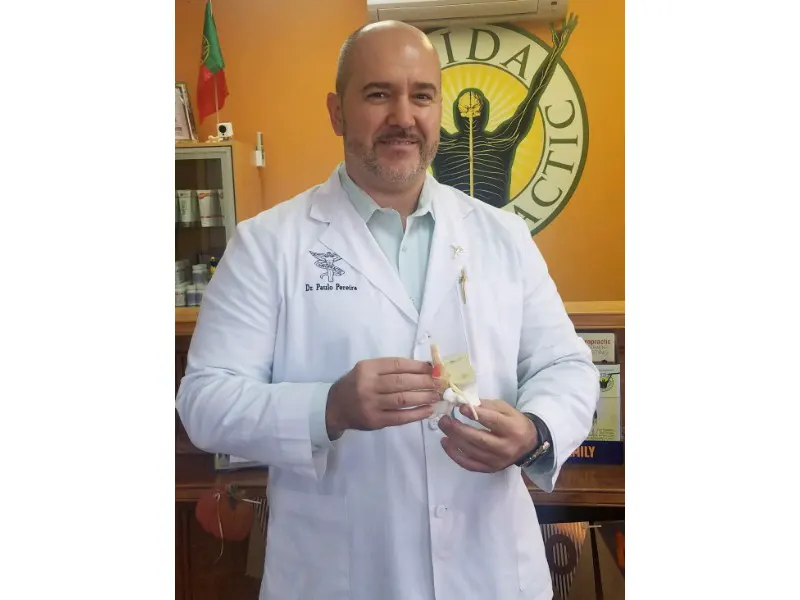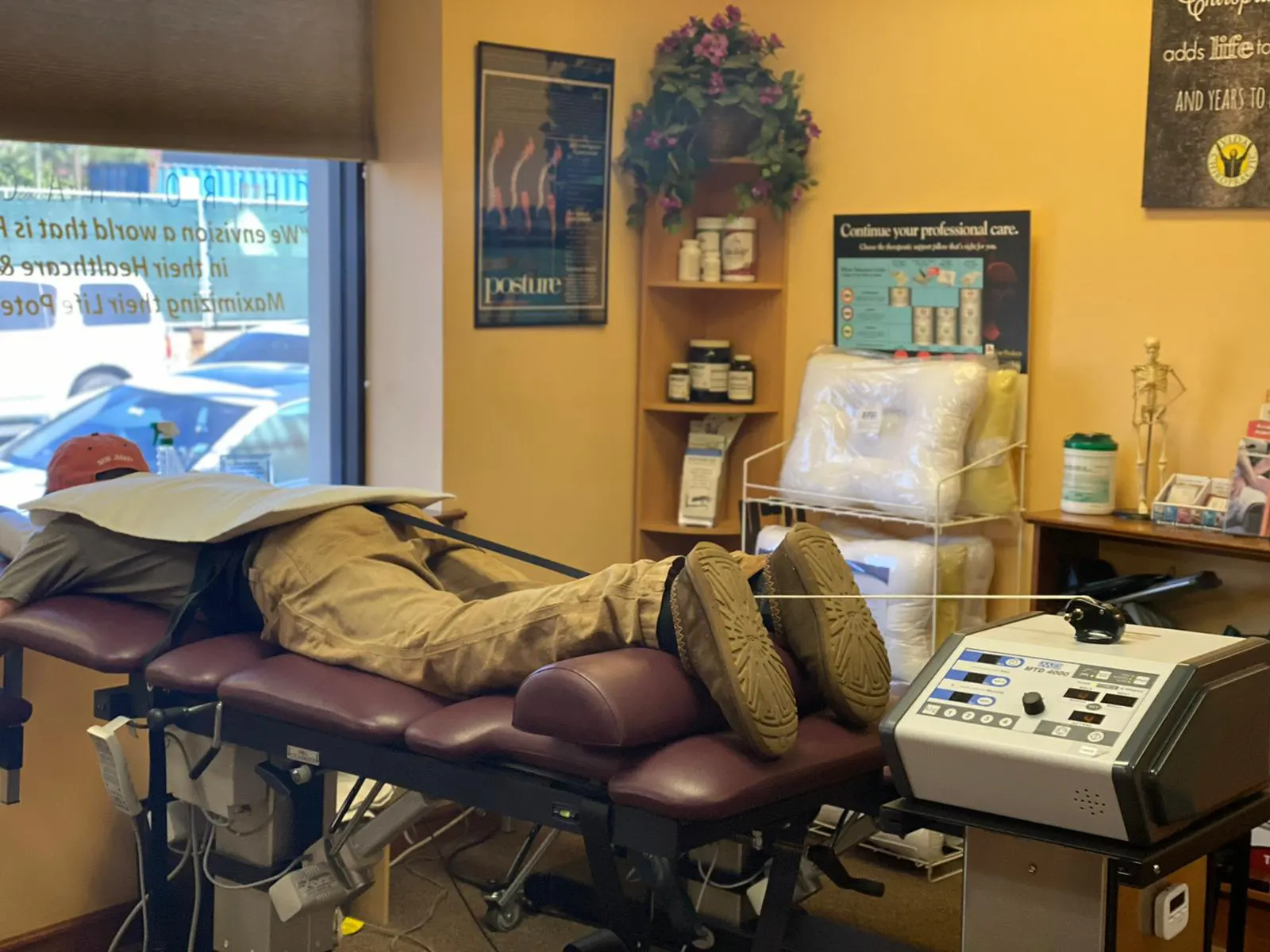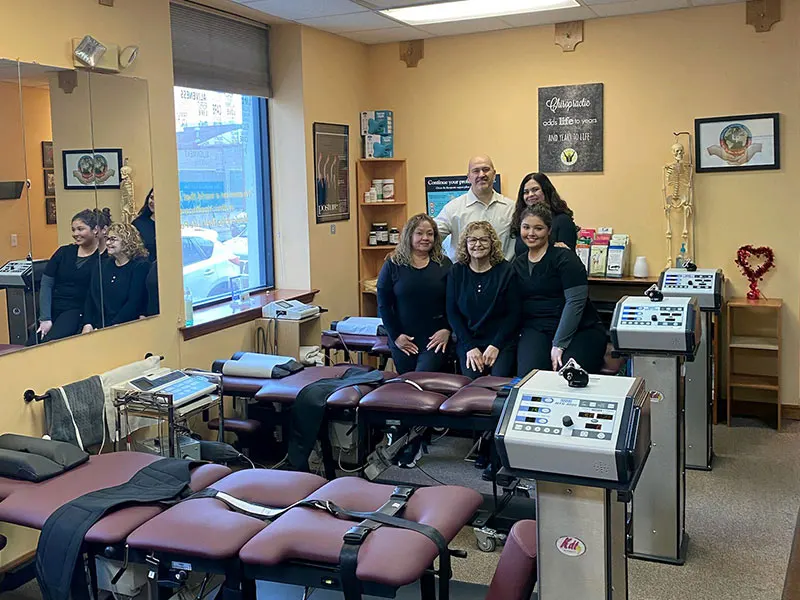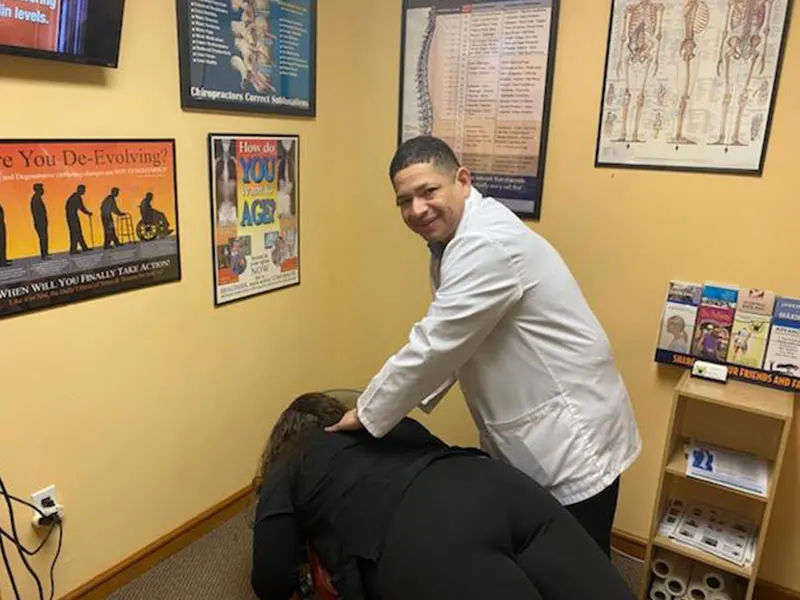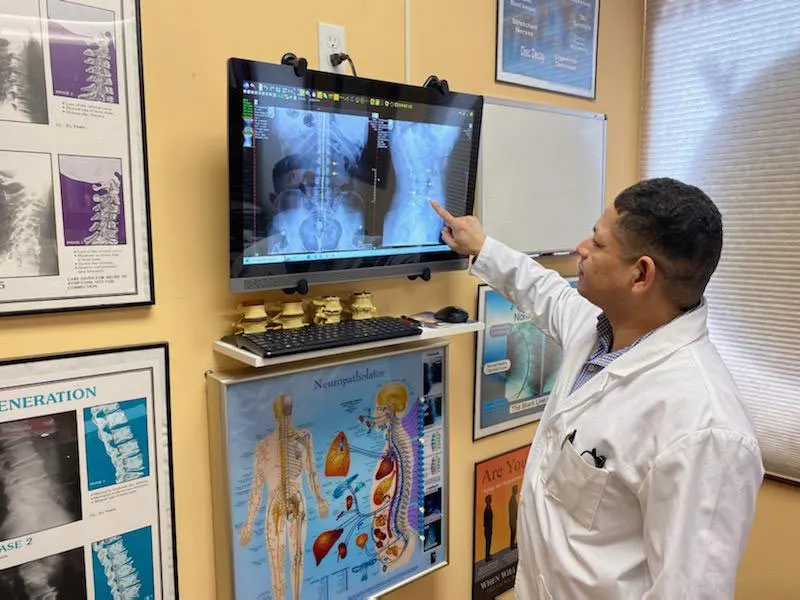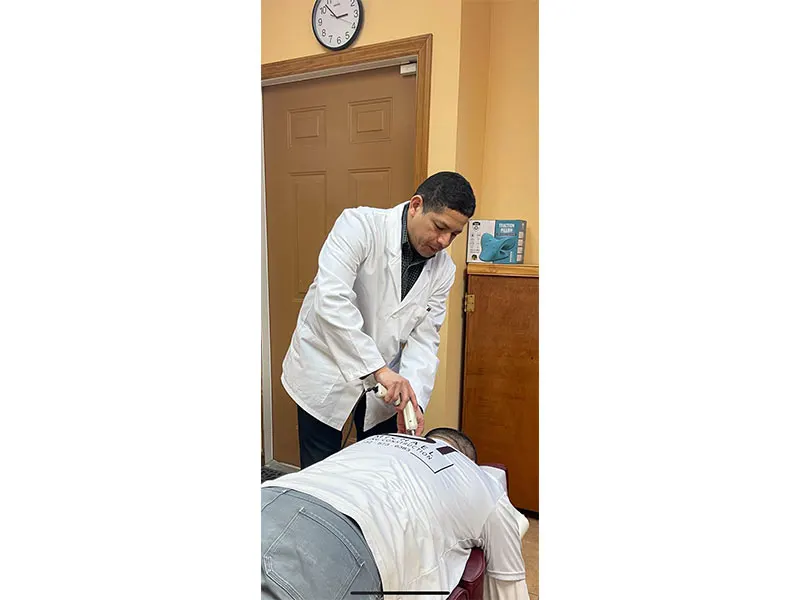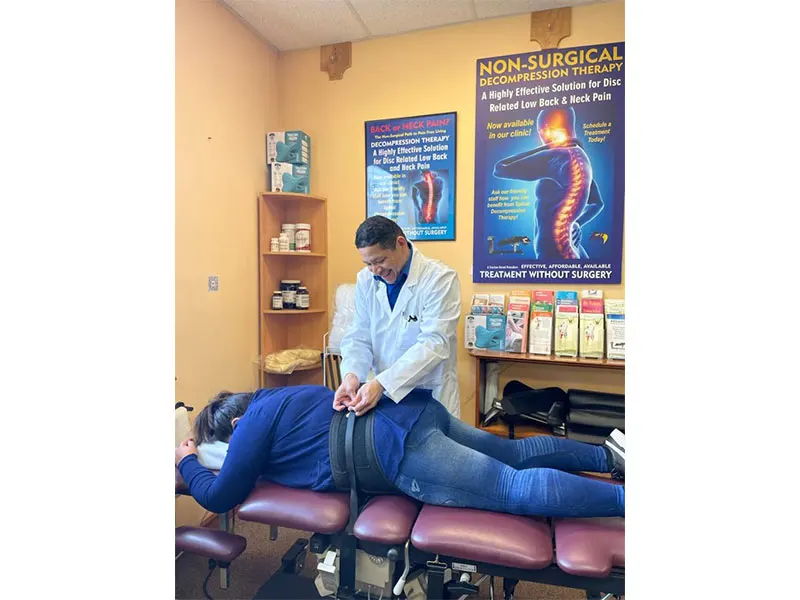Newark Golfers Getting Chiropractic Treatment Play More Golf
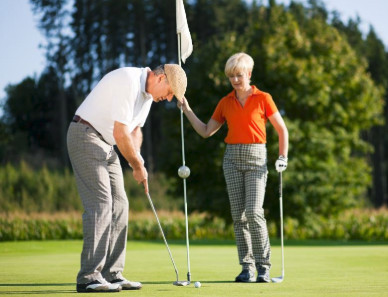
Believe it or not, spring is here! Well, maybe not by the thermometer, but by the calendar it certainly is. For some time now you've been looking forward to being active outside. As we begin gearing up for spring/summer, working our golf swings, golf conditioning, and various quick muscle twitch movements. This new activity might reminded of some old injuries or maybe even some new ones. Here are some tips from your friends at Newark's Vida Chiropractic on preventing injuries and how to do deal with them as you get back into the swing of things.
DO A WARM UP:
Some of the most common things we see in my office this time of year are strains and sprains. This occurs when someone takes a tight cold muscle, tendon, and/or ligament and asks it to perform an explosive task like accelerating the head of a golf club to 85mph. Slow down, Tiger Woods, warm up!
A light 5-10 minute warm up including stretching and light aerobic exercise will get blood pumping to the tissue that’s going to need it most, lubricate the joints, and elongating the muscles and tendons.
START SLOW:
If your body has been dormant during the winter, pushing yourself too aggressively too soon can lead to injury. I typically see a lot of tendonitis in the feet, ankles and elbows, along with knee, hip, and shoulder pain in the spring time. These conditions stem from large increases in activity, some of which you may not even realize like gardening and yard work, cleaning out the attic, or moving furniture.
Running is probably the most common culprit. It’s not uncommon for me to hear that a patient who has never finished a 5k has signed up for a marathon and has injured themselves. Less experienced runners should follow the 10% rule. This rule states that you should limit the increase in your distance by 10% a week from your starting point. Your start point is whatever distance you feel like you can run comfortably with no training. If you can comfortably run 3 miles then your first week back to training you can work up to 3.3 miles, then 3.6, and so on.
TREATMENT:
Even if you follow these tips there is always still the chance of injury. So, what do you do once you have one?
ICE vs HEAT:
In almost all strain, sprain, and overuse injuries that we see, inflammation is the reason for the patient’s pain. For inflammation one of the best home care options is 15-20 min of cold therapy applied at least 2-3 times a day and as often as every 2 hours. Cold therapy is best done with a gel pack kept in the freezer, but an ice water soak can also be very effective. Heat while great at relaxing muscle spasms can also bring too much blood to an injured area making inflammation worse. We have seen herniated disc patients who made the situation substantially worse by sleeping with a heating pad, so when in doubt – ICE it.
REST/ RECOVERY:
Rest is an important factor in allowing your body to heal the way it should. However, rest is different than immobilization. You get a better recovery by utilizing gentle range of motion exercises as soon as you can verses completely immobilizing a joint.
ASK a Chiropracter:
If it’s your golf swing, tennis serves, or some general aches and pains giving your problems you might consider a visit to the chiropractor or some other sort of sports medicine provider. We can evaluate your posture, movement patterns, and muscle imbalances that may be at the root of those aches and pains that just don’t seem to go away with home care. We treat Newark athletes with various chiropractic techniques which most often include some combination of spinal decompression and spinal manipulation solve our Newark athlete's pains.
Lastly if you are experiencing sharp, intense, or point specific pain and you don’t know what it is we encourage you to seek help immediately and not to just try to treat it at home because it may be something more serious.
For more health notes, contact Vida Chiropractic here in Newark, NJ!






